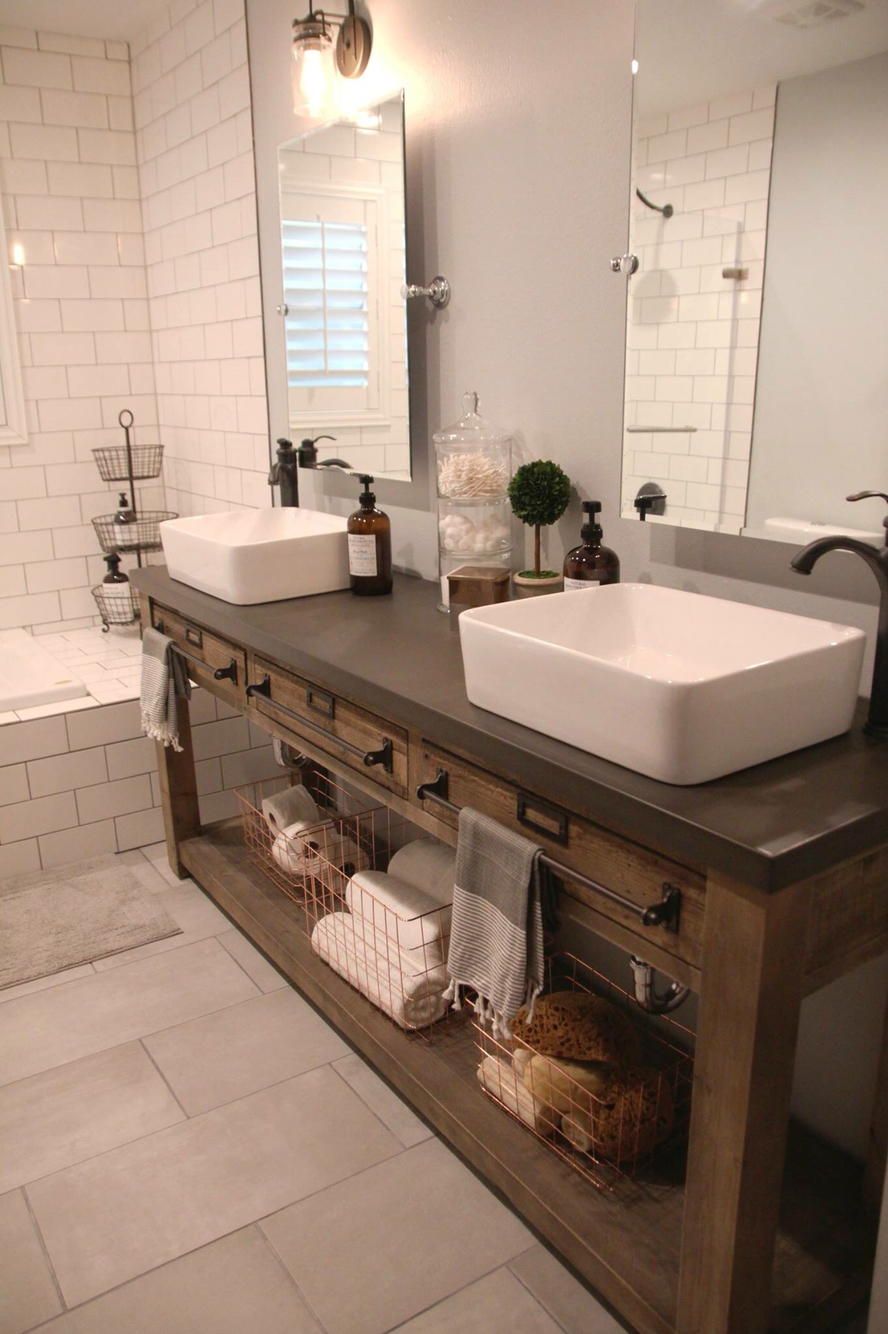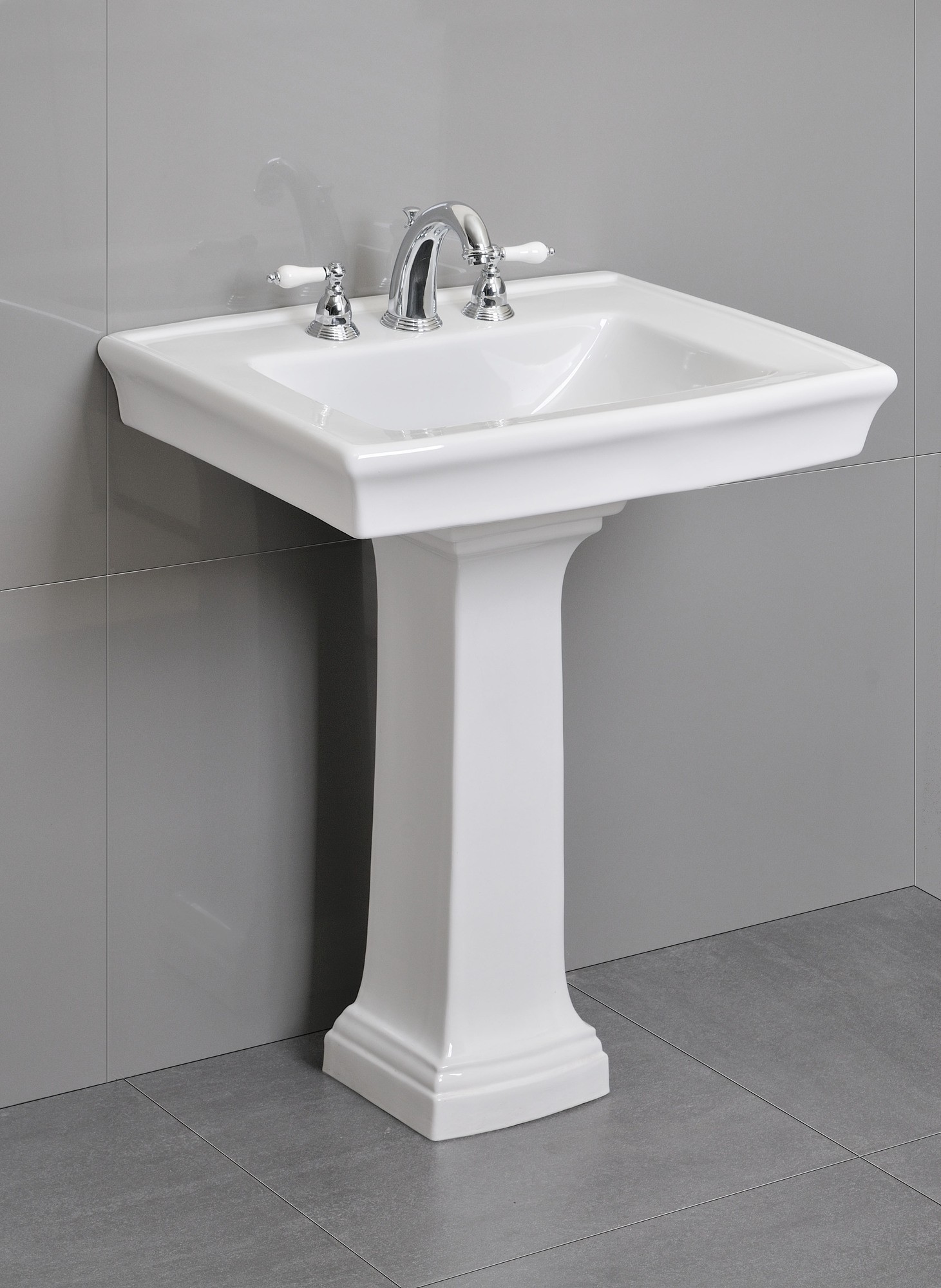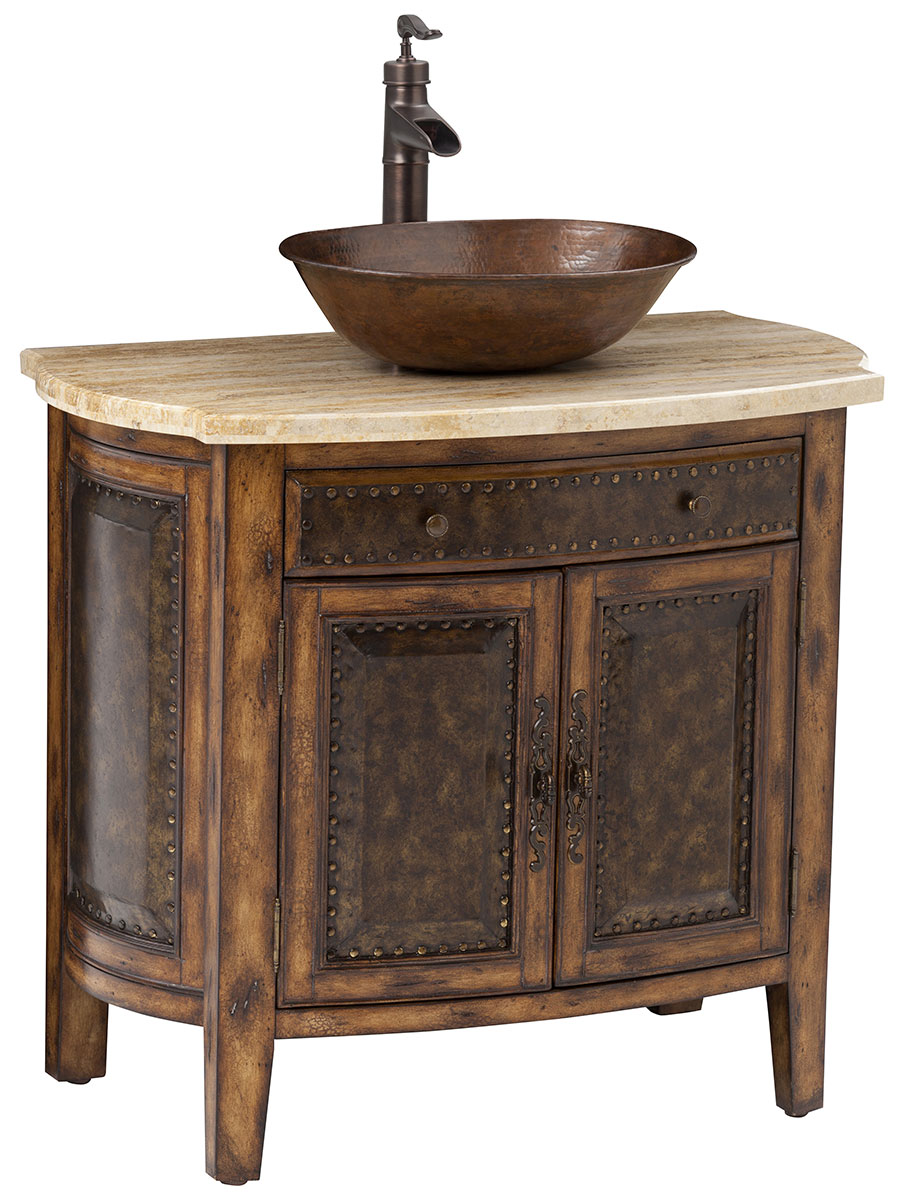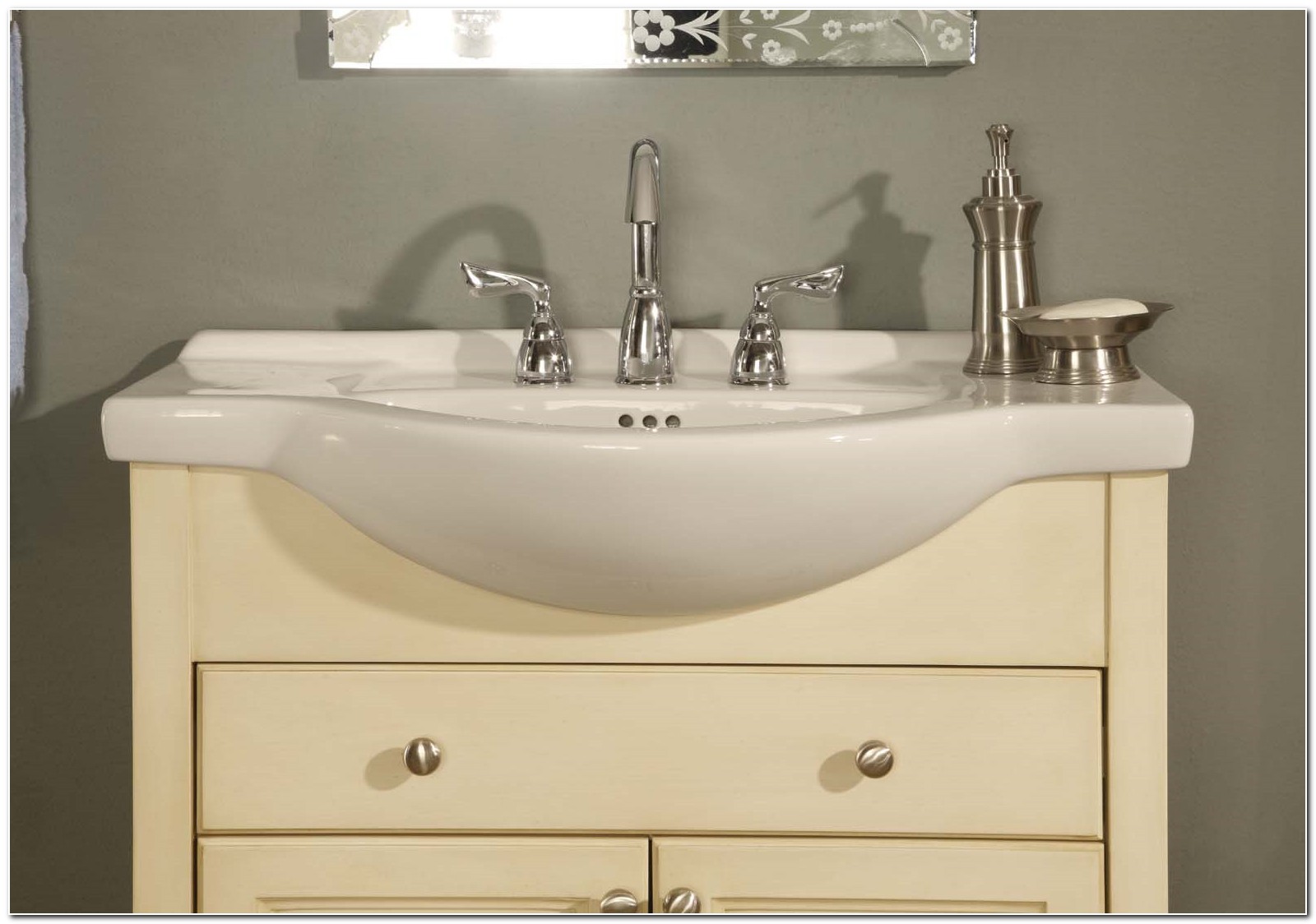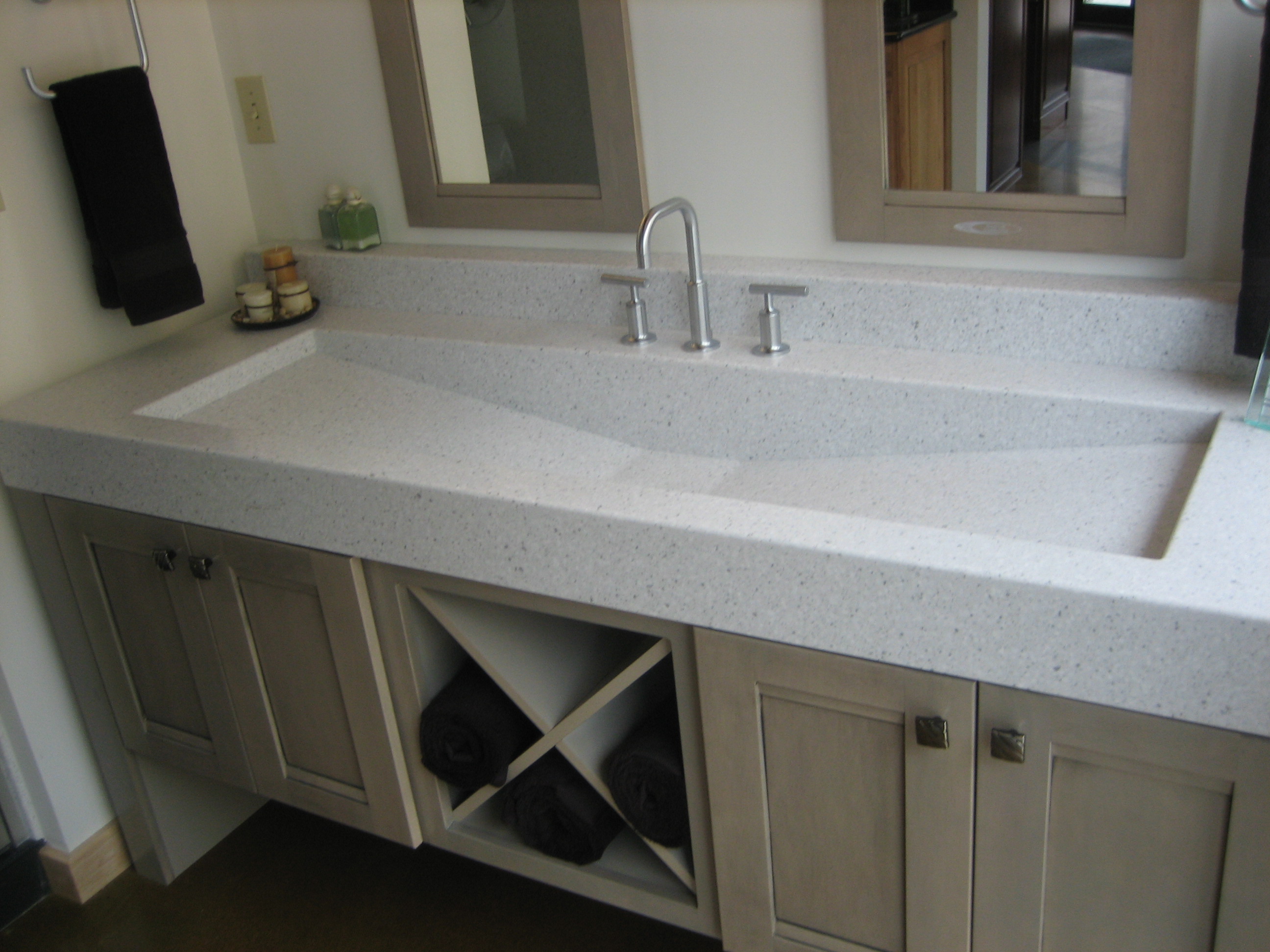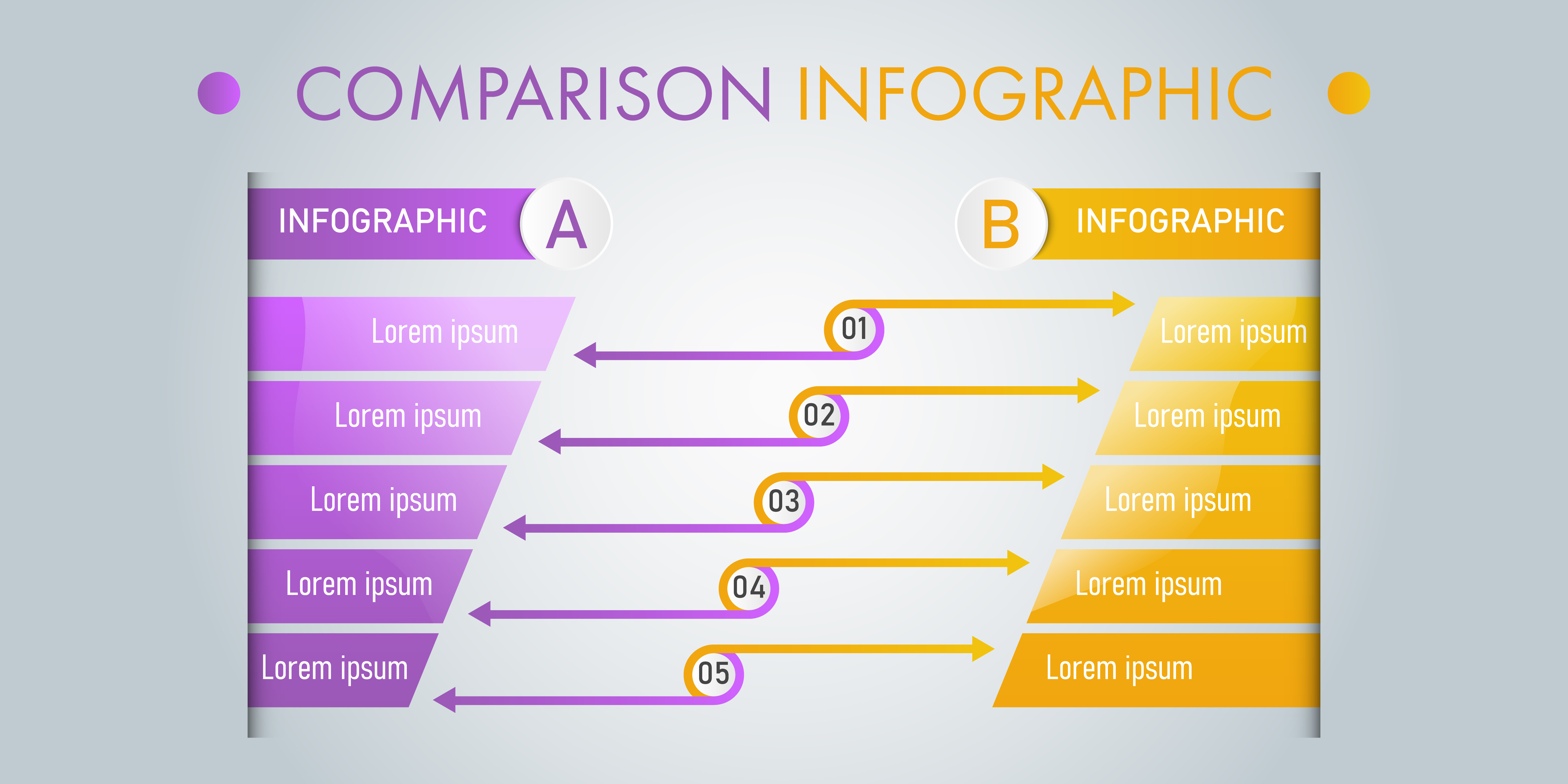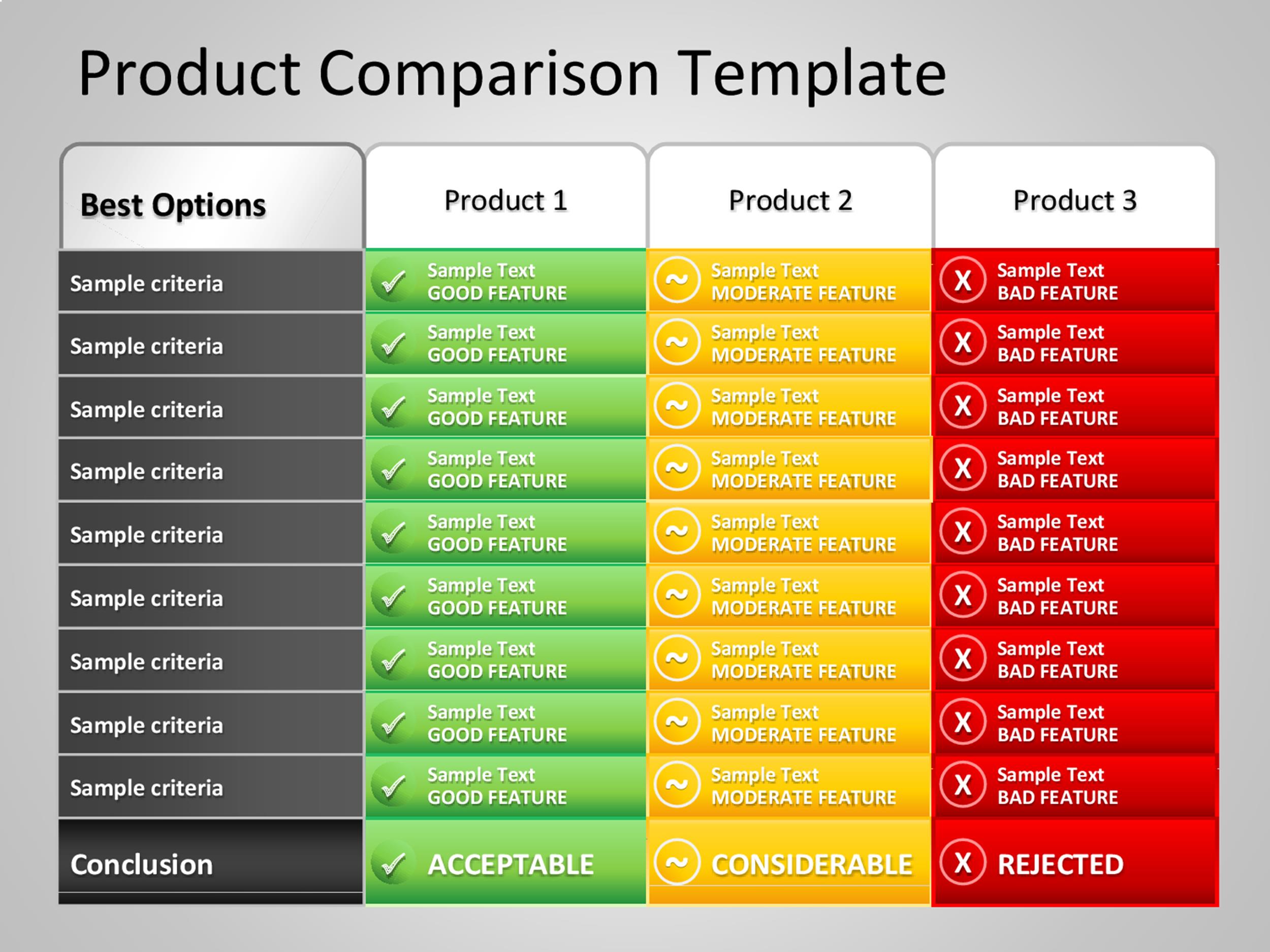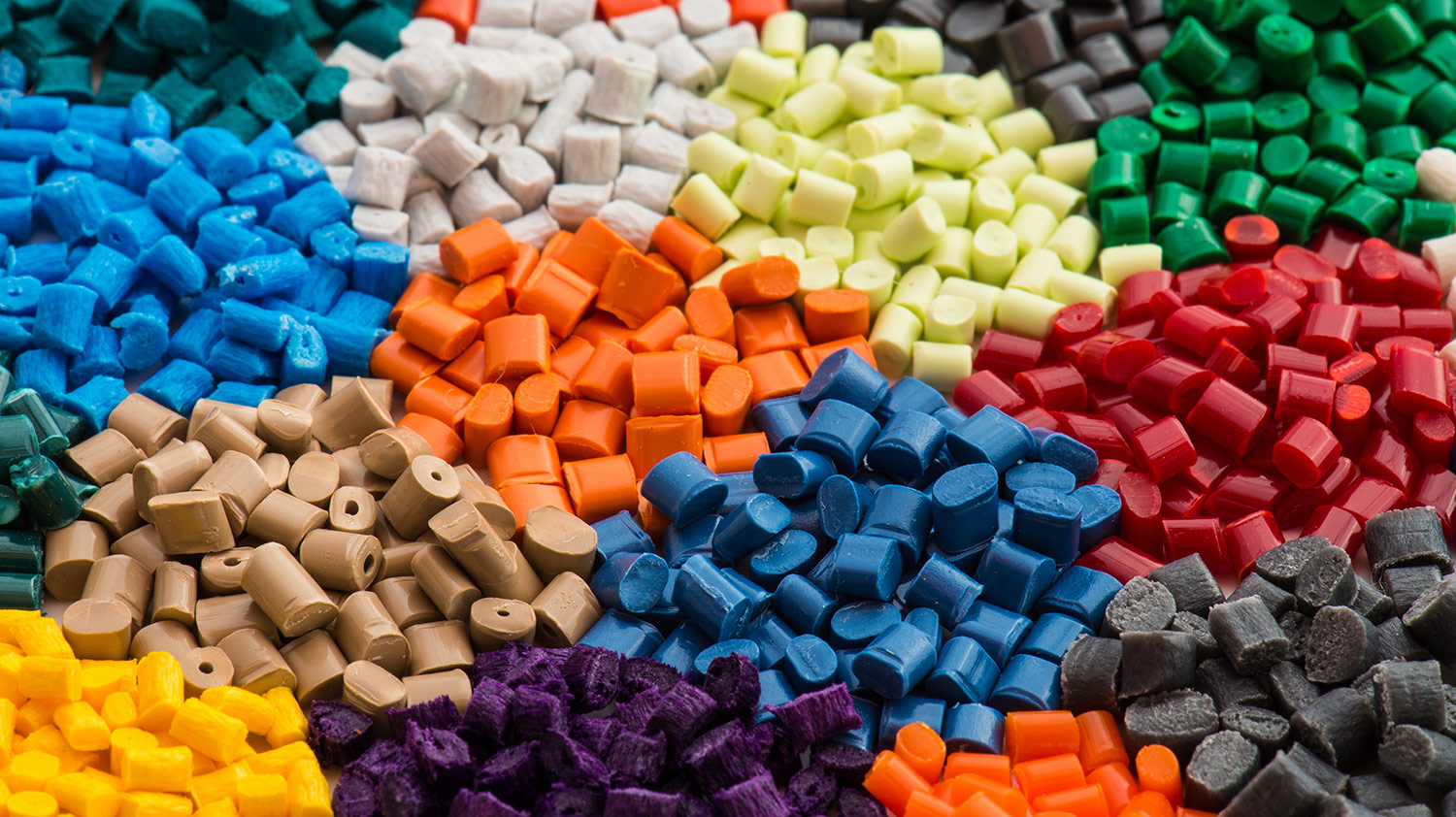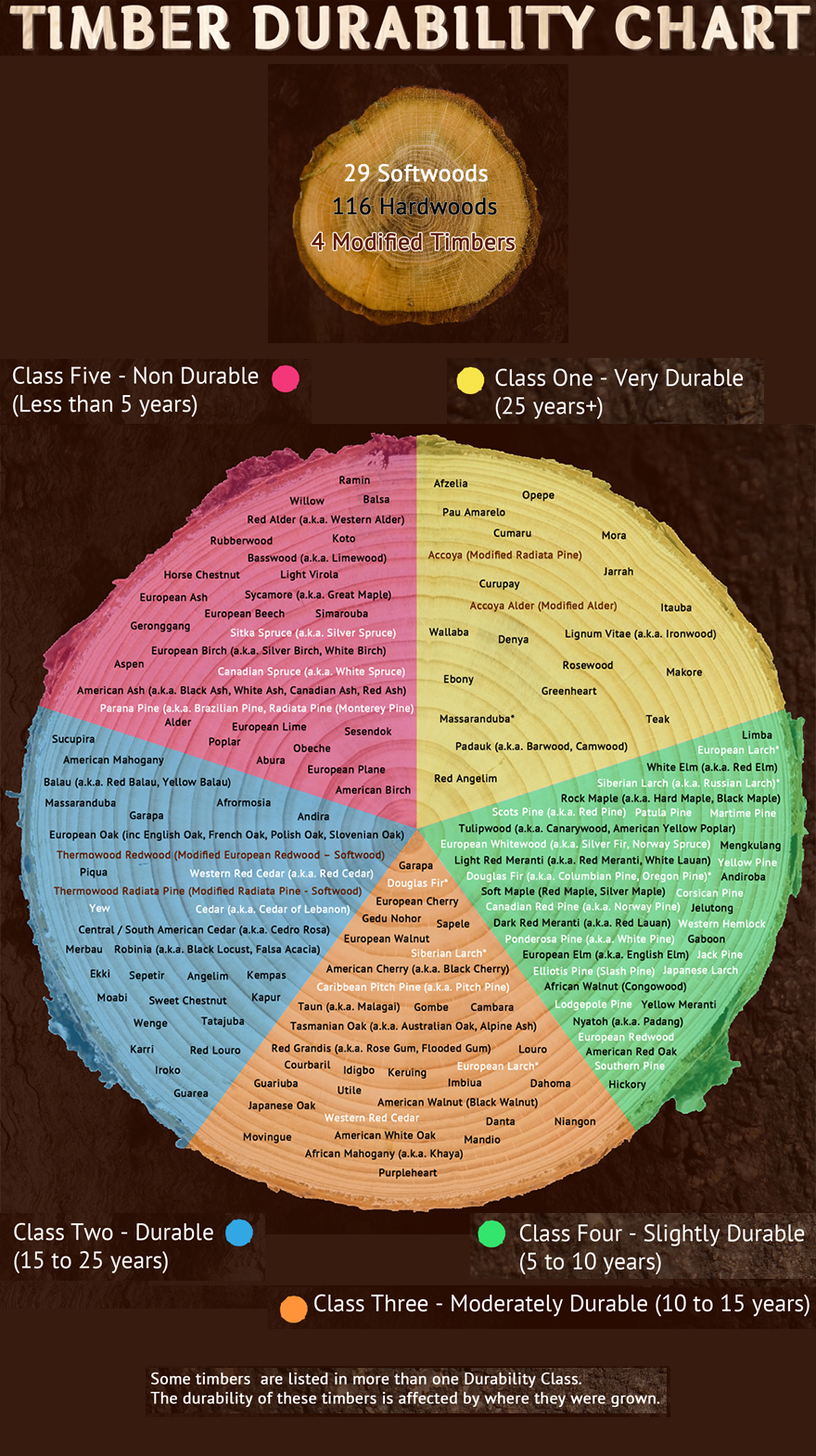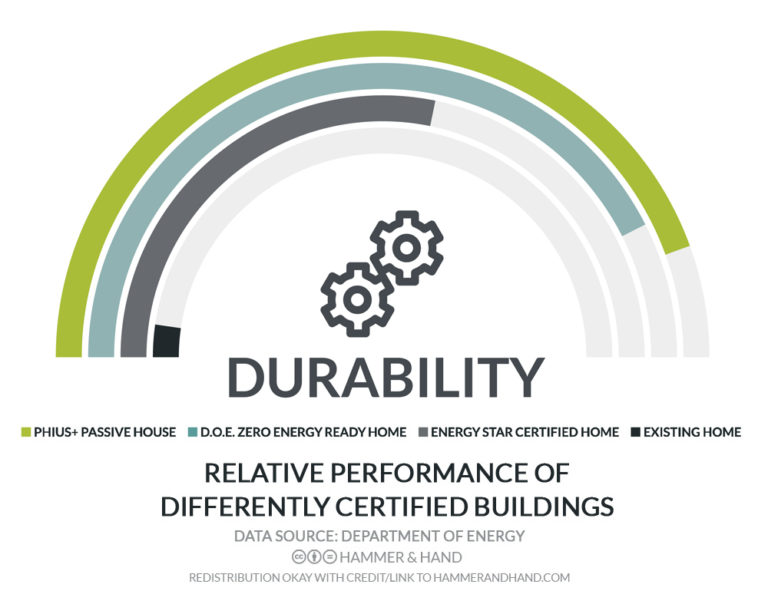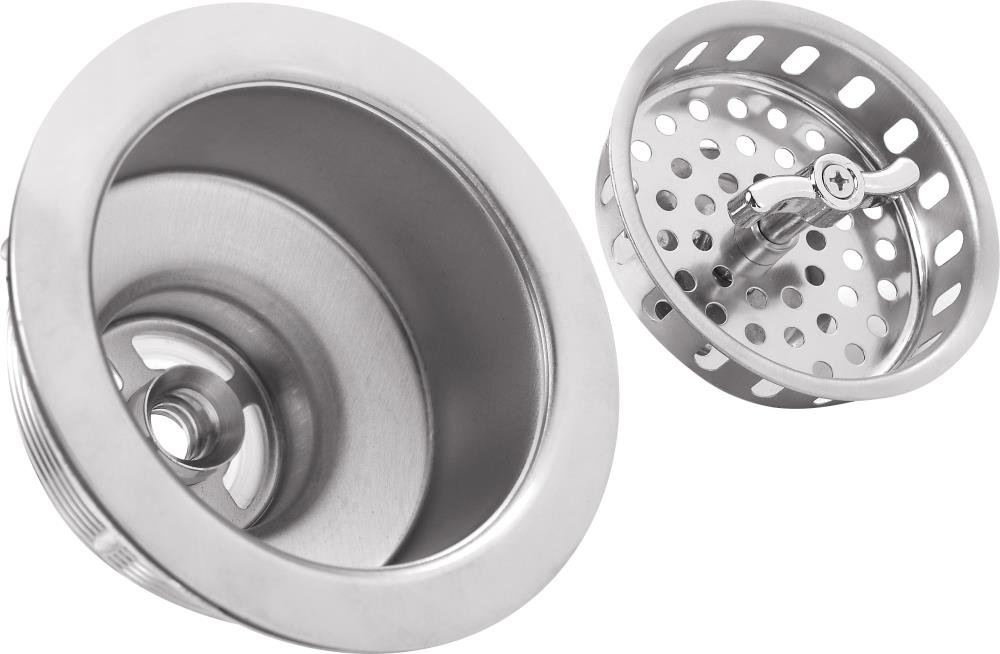Porcelain vs. Ceramic: Exploring the Key Differences in Bathroom Sinks
When it comes to choosing the perfect bathroom sink, two popular options often come to mind: porcelain and ceramic. While these two materials may seem similar at first glance, there are actually significant differences between them that can make a big impact on your bathroom design and functionality. Let’s take a closer look at the top 10 main differences between porcelain and ceramic bathroom sinks.
1. Porcelain and Ceramic: Understanding the Basics
Before diving into the differences, it’s important to understand the basics of these two materials. Both porcelain and ceramic are types of clay that have been fired at high temperatures to create a durable and water-resistant surface. However, the main difference lies in the type of clay used and the firing process, which ultimately affects the final product.
2. Porcelain: Sleek and Elegant
Porcelain is known for its smooth and glossy finish, making it a popular choice for bathroom sinks. It is made from a mixture of kaolin, feldspar, and quartz, and is fired at a higher temperature than ceramic. As a result, porcelain is denser and more durable, with a water absorption rate of less than 0.5%. This makes it highly resistant to stains and scratches, making it a great option for high-traffic bathrooms.
3. Ceramic: Versatile and Affordable
Ceramic, on the other hand, is made from a mixture of clay, minerals, and water, and is fired at a lower temperature. This results in a more porous surface, with a water absorption rate of around 3%. While it may not be as durable as porcelain, ceramic is still a popular choice for bathroom sinks due to its versatility and affordability. It comes in a variety of shapes, sizes, and colors, making it easy to find a sink that fits your design aesthetic.
4. Bathroom Sinks: Aesthetics and Designs
When it comes to choosing a bathroom sink, the design and aesthetic are important factors to consider. Porcelain sinks are known for their classic and elegant look, making them a great choice for traditional or luxurious bathrooms. On the other hand, ceramic sinks offer more versatility in design, with options ranging from sleek and modern to rustic and handmade.
5. Durability: Porcelain Takes the Lead
As mentioned earlier, porcelain is denser and more durable than ceramic, making it the winner in terms of durability. While ceramic sinks can also last for many years with proper care, porcelain sinks are less likely to chip, crack, or stain, making them a long-lasting investment for your bathroom.
6. Maintenance: Easy and Low-Cost
Both porcelain and ceramic sinks are relatively easy to maintain, but porcelain may require less maintenance in the long run. Due to its non-porous surface, porcelain sinks are less likely to harbor bacteria and are easier to clean. However, both types of sinks can be cleaned with mild soap and water, making them a low-cost and low-maintenance option for your bathroom.
7. Cost: Ceramic is More Affordable
If you’re on a budget, ceramic sinks may be the better option for you. They are generally more affordable than porcelain sinks, making them a popular choice for those looking to save some money. However, it’s important to keep in mind that while porcelain may have a higher upfront cost, its durability and longevity may make it a more cost-effective choice in the long run.
8. Materials: Porcelain is More Refined
The difference in materials used for porcelain and ceramic also contributes to their overall differences. Porcelain, being made from a higher percentage of kaolin clay, is considered more refined and has a more uniform texture and color. Ceramic, on the other hand, may have a more uneven surface and a slightly different color due to the lower firing temperature.
9. Comparison: Porcelain vs. Ceramic Bathroom Sinks
So, which one is the better choice for your bathroom sink? It ultimately depends on your personal preferences and needs. If you want a durable and elegant sink that will last for many years, porcelain may be the way to go. However, if you’re on a budget and want a versatile and affordable sink, ceramic may be the better option.
The Durability Factor
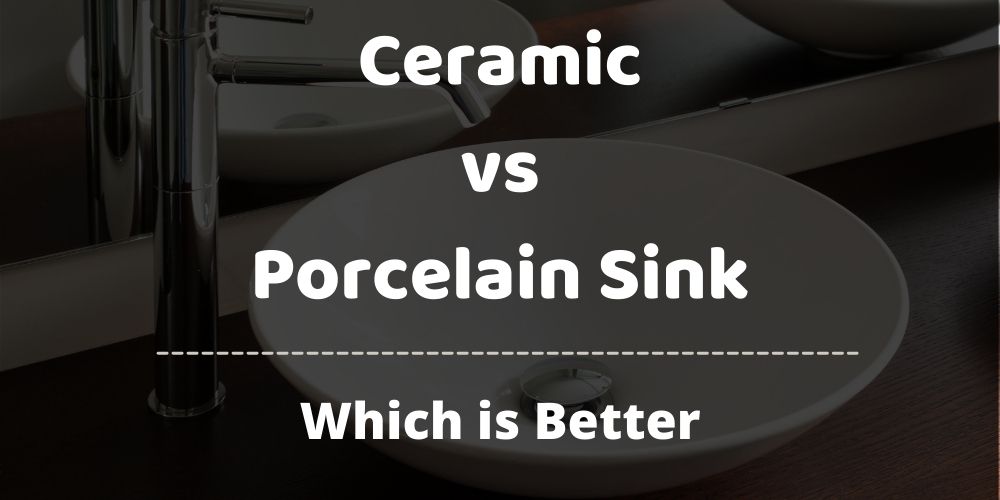
Why Porcelain and Ceramic are Popular Choices for Bathroom Sinks
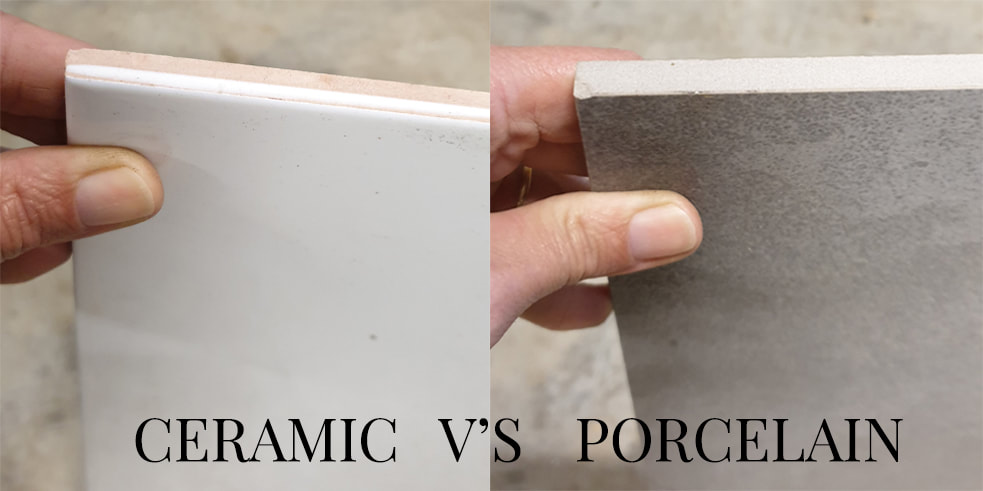 When it comes to choosing a sink for your bathroom, durability is often a top concern. After all, a bathroom sink is a heavily used fixture that needs to withstand daily wear and tear. This is where porcelain and ceramic sinks shine.
Porcelain
and
ceramic
are both made from clay that is fired at high temperatures. This process results in a strong and durable material that is resistant to chipping, scratching, and staining. However, there are some differences between the two that can affect their durability.
Porcelain
is a type of ceramic that is made from a more refined clay and fired at a higher temperature. This makes it stronger and less porous than regular ceramic. As a result,
porcelain
sinks are more resistant to stains and scratches, making them a popular choice for high-traffic bathrooms.
On the other hand,
ceramic
sinks are slightly less durable than porcelain. While they are still a durable option, they are more prone to chipping and scratching. However, ceramic sinks are often more affordable and come in a variety of styles and colors, making them a great choice for a budget-friendly bathroom remodel.
In addition to their durability, both
porcelain
and
ceramic
sinks are also resistant to heat and chemicals, making them easy to clean and maintain. With proper care, these sinks can last for many years, making them a practical and long-lasting choice for any bathroom.
In conclusion, when it comes to choosing between
porcelain
and
ceramic
for your bathroom sink, both options offer durability and longevity. However,
porcelain
may be a better choice for high-traffic bathrooms, while
ceramic
offers more affordability and design possibilities. Ultimately, the decision comes down to personal preference and the specific needs of your bathroom.
When it comes to choosing a sink for your bathroom, durability is often a top concern. After all, a bathroom sink is a heavily used fixture that needs to withstand daily wear and tear. This is where porcelain and ceramic sinks shine.
Porcelain
and
ceramic
are both made from clay that is fired at high temperatures. This process results in a strong and durable material that is resistant to chipping, scratching, and staining. However, there are some differences between the two that can affect their durability.
Porcelain
is a type of ceramic that is made from a more refined clay and fired at a higher temperature. This makes it stronger and less porous than regular ceramic. As a result,
porcelain
sinks are more resistant to stains and scratches, making them a popular choice for high-traffic bathrooms.
On the other hand,
ceramic
sinks are slightly less durable than porcelain. While they are still a durable option, they are more prone to chipping and scratching. However, ceramic sinks are often more affordable and come in a variety of styles and colors, making them a great choice for a budget-friendly bathroom remodel.
In addition to their durability, both
porcelain
and
ceramic
sinks are also resistant to heat and chemicals, making them easy to clean and maintain. With proper care, these sinks can last for many years, making them a practical and long-lasting choice for any bathroom.
In conclusion, when it comes to choosing between
porcelain
and
ceramic
for your bathroom sink, both options offer durability and longevity. However,
porcelain
may be a better choice for high-traffic bathrooms, while
ceramic
offers more affordability and design possibilities. Ultimately, the decision comes down to personal preference and the specific needs of your bathroom.







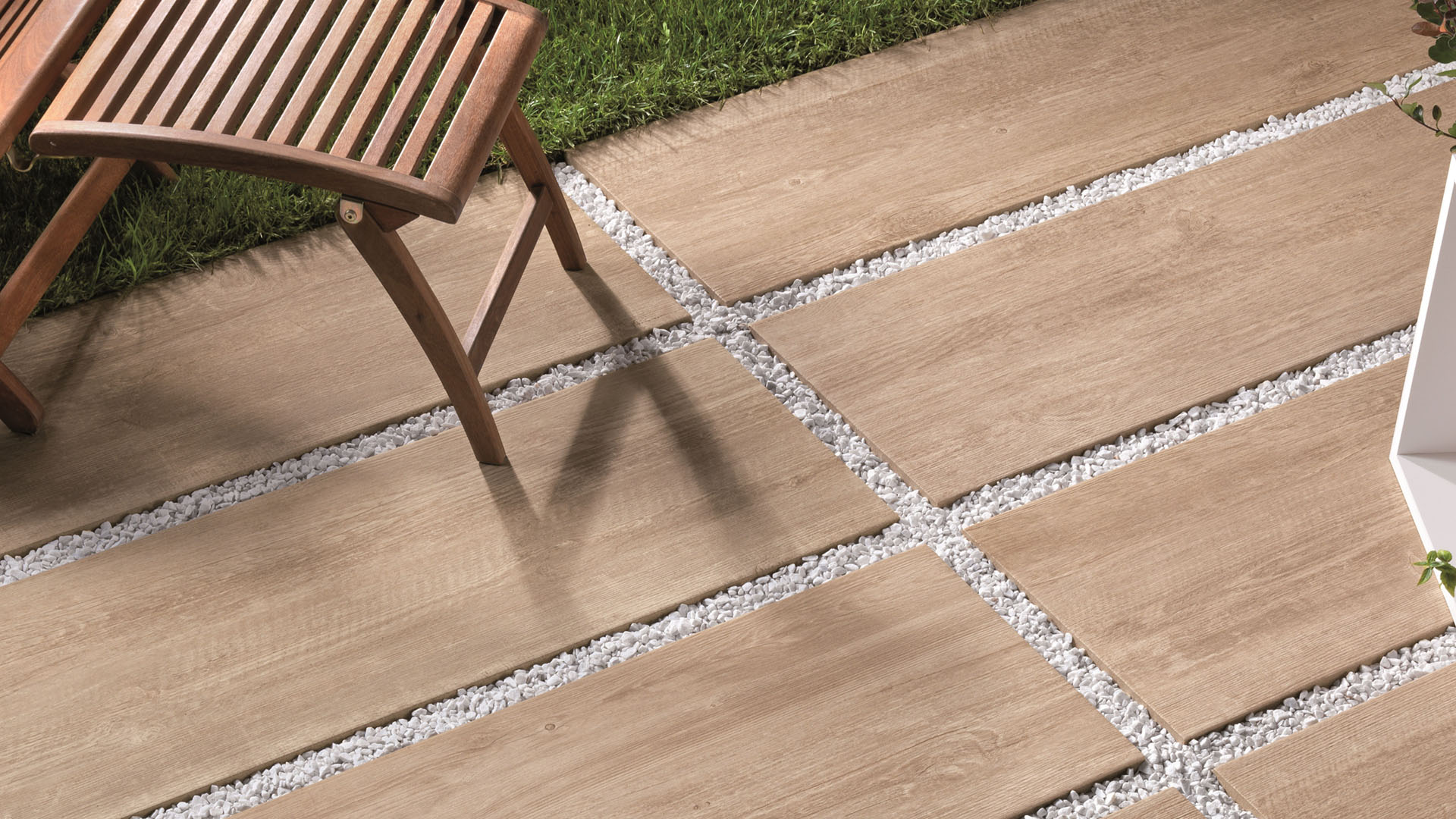





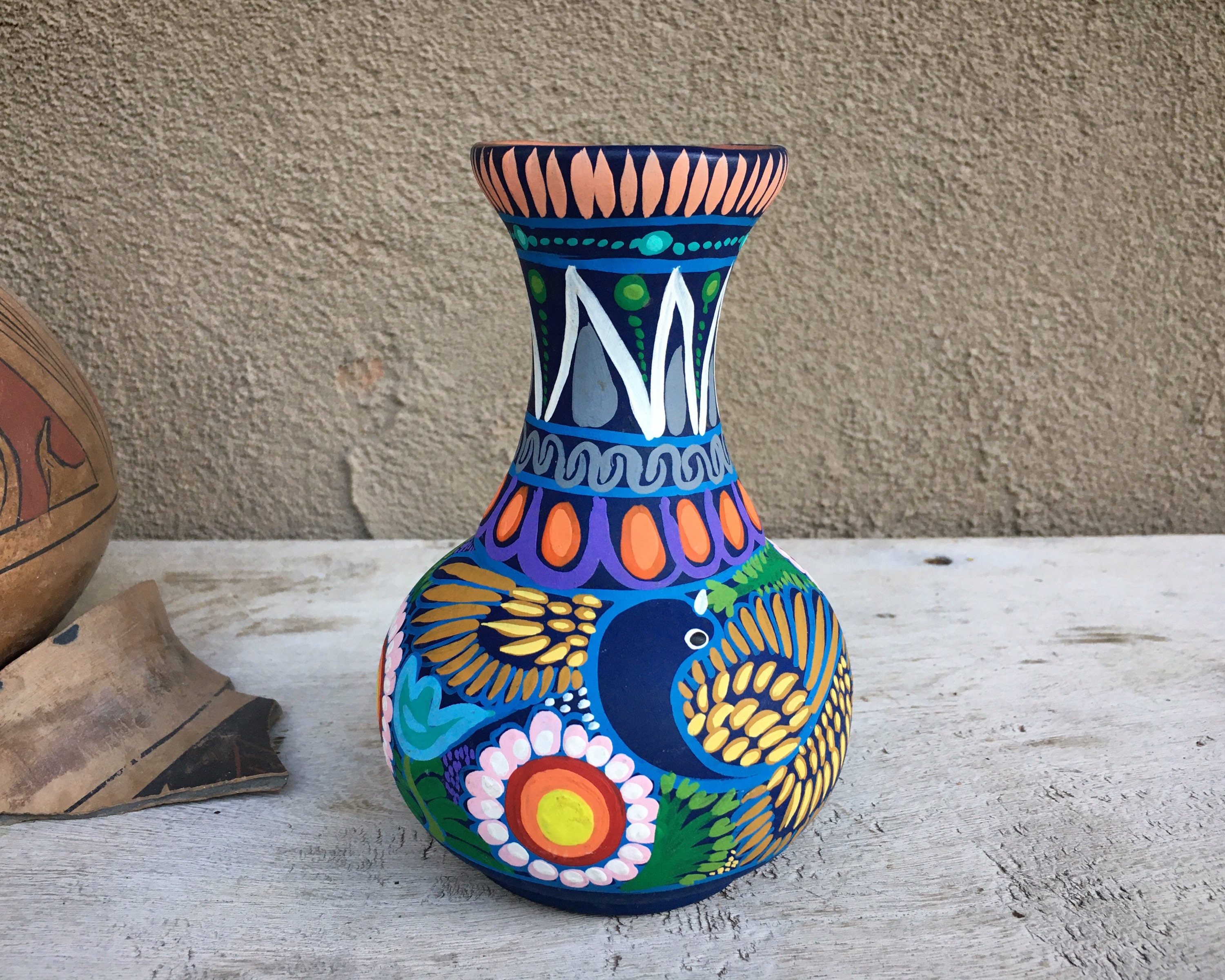




/Installing-Ceramic-Floor-Tile-86464768-583ffd0d5f9b5851e5eac8c0.jpg)


